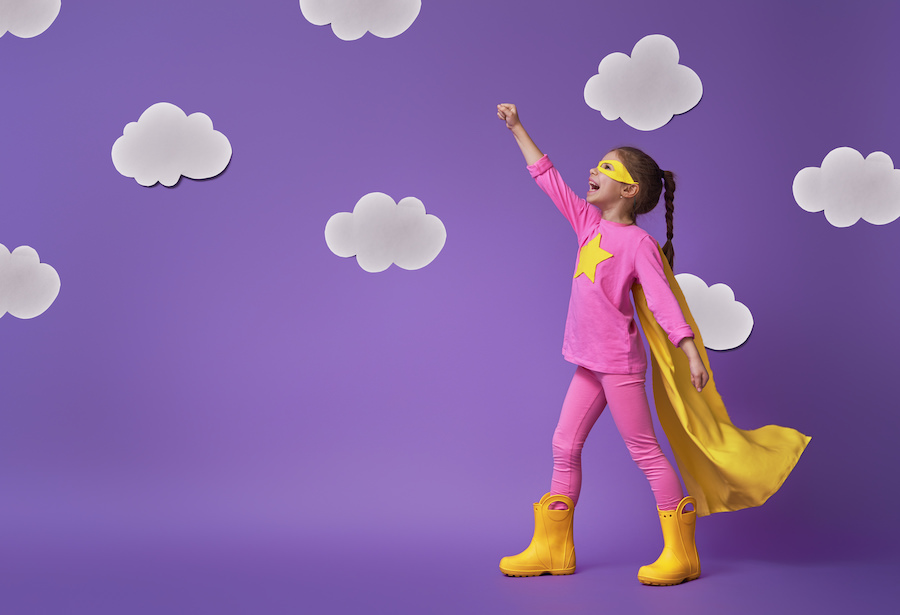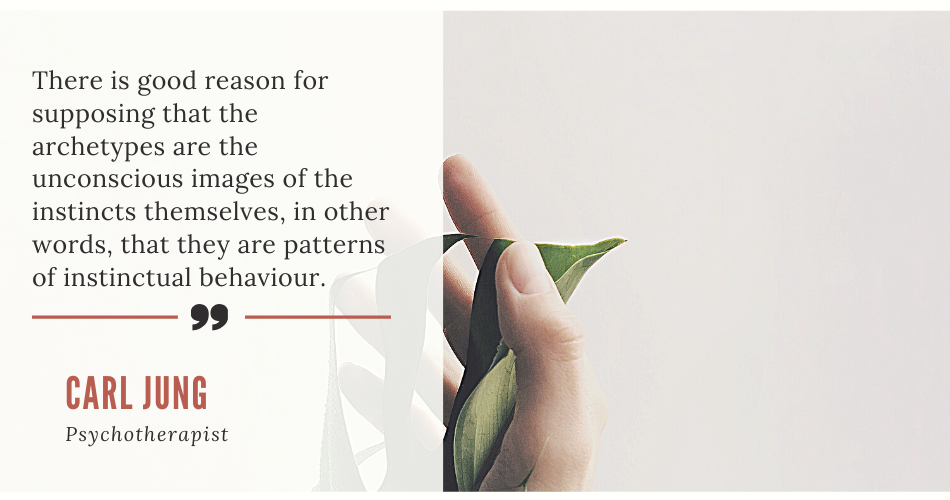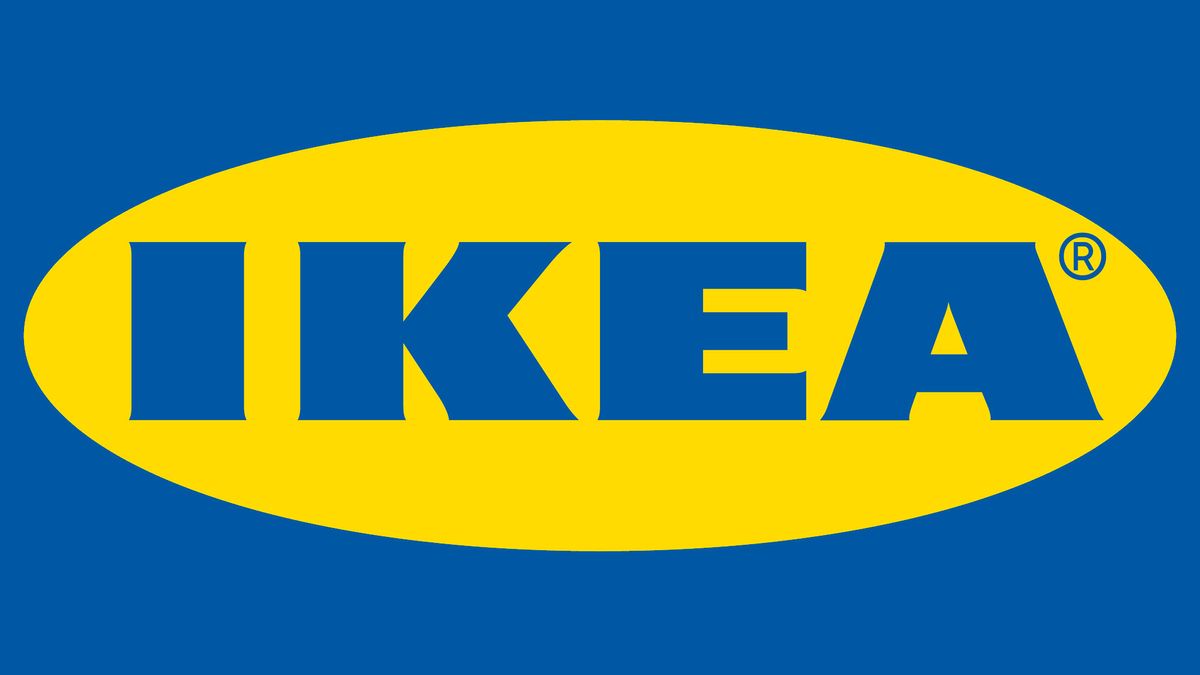12 Brand Archetypes Every Marketer Needs To Know
Have you ever felt that you are just so fond and loyal to a particular brand? To the point that it actually feels hard to buy a product or purchase a service from any other brand? If you’re thinking yes, chances are that it’s because you relate to their brand archetypes.

A brand archetype, refers to a certain persona that a brand can be built based on. This is done to make the brand relatable to consumers with similar values.
So it isn’t just a coincidence that it seems like consumers connect more with particular brands and feel so strongly about them. And it certainly is not just logical. 95% of us make our decisions about brands subconsciously and not rationally.
Recognizing this, marketers and branding specialists alike look at how they can intentionally build brands to appeal to consumers. By basing them on brand archetypes they ensure that they have a deep emotional connection to every bit of branding they come across.

A backgrounder on the 12 brand archetypes
In 1919 the Swiss psychiatrist and icon, Carl Jung, believed that people used symbolism to understand complicated concepts. He brought forth the idea that subconscious actions and thoughts are inspired by well-known stories. This is why some characters are so instantly recognizable to us – they are a part of our shared collective unconscious.
Jung proposed 12 archetypal figures that model the behavioral patterns of different personalities. They were based on certain universally perceived myths, and ideas about psychology and culture.
Inspired by his ideas, Margaret Mark and Carol Pearson went on to propose the 12 brand archetypes in their book The Hero and The Outlaw. Today brands can resonate with their core customers when they use the influence of these ideas. The right archetype can help a brand form a strong marketing strategy that aligns with its audience.
The benefits of using brand archetypes
Helping you form your brand identity
With brand archetypes, you are able to integrate human traits and behaviors into your values and mission, and vision as a business. In this way, you can create a really strong and consistent brand story that makes it possible for your target audiences to differentiate you from your competitors. Your archetype, in other words, will create a brand personality that is much more significant, relatable, and believable to your audience.
Creating more impactful brand positioning
There are two main reasons as to why your brand should put some time into figuring out the archetype for its story.
- Differentiation: Archetypes will make you memorable and unique and will help you stand out from the crowd.
- Connection: Archetypes allow you to create deeper and more meaningful connections with your audience. They allow you to display a very human side to your brand, through the passions, traits, moods, and yearnings you represent.
How to figure out your brand archetype

Picking the archetype for your brand, is not something that you can do randomly. There are specific criteria that you should consider. And this is true whether you are a brand that is still trying to figure out what your identity is, or how to strengthen it.
Your mission and values as a brand
Ask yourself why you started your business and what you stand for. What made you get into the business that you are in right now?
What is success for you?
You should also have a very clear idea of how you measure success for your brand. This should include all the values that you stand for as a brand. The mission, the vision, and the goals form the core of the brand archetype and they are in charge of all the other traits of your brand.
Who is your target audience?
The brand archetype that you pick will also depend a lot on your target audience. Your brand archetype and your target audience need to be on the same page. Essentially your brand voice and personality are dictated by your archetype. And they need to resonate with your audience. So research the kinds of messaging your customers are drawn to, to figure out the right fit here.
What is your niche and your industry?
Each archetype will be a particularly good fit for some industries and niches over others. This is because industries and niches themselves are associated with certain traits and ideas. So figure out the different values, myths, and ideas that are associated with your niche or industry and then look to alignment with a particular archetype.
After reflecting on, and assessing, the criteria above try completing the sentences, and answering the questions below:
- My brand should make people feel _______________
- I want people to identify with my brand because it makes them think of _______________
- These features define my brand _______________
- Does my brand inspire or motivate my audience? How? And to do what?
- What is it that makes people feel connected to my brand?
Breaking down the 12 brand archetypes
Before we get into the detailed breakdown of each archetype, let’s take a look at a snapshot:
- The Innocent
- The Everyman
- The Hero
- The Ruler
- The Magician
- The Outlaw
- The Sage
- The Creator
- The Explorer
- The Caregiver
- The Lover
- The Jester
The Innocent
These are honest, pure and optimistic brands. They are constantly driven by the emotion of happiness. They are big time fans of staying simple, wholesome, and are not the kind to believe in any publicity stunts. Innocent archetypes also emphasize making people feel safe, seen and free to be authentic/maintaining inner peace. They are associated with romance and youth, by reminding their audience of the simplicity of childhood.
They allow customers to explore the business for themselves. These types of brands will not get into any form of advertising that is guilt-inducing. Coca Cola is a good example of this because they are all about the ‘feel-good’ vibe. Ivory, Volkswagen, Innocent Smoothies, and Nintendo Wii are other examples.
The Everyman
The everyman brand archetype focuses on familiarity, belonging and has an aversion to anything pretentious. Companies that fall under this category will connect with people on a deeper level in spite of not striving to stand out in a crowd. Rather, they look to make a friendly impression and to come across as supportive, dependable, and humble. This is the archetype we conenct with most at Kimp.
The goal of the everyman archetype is to make people feel welcomed and like they belong. One of the best examples of this would be IKEA and how it celebrates everyday life. The everyman archetype is driven by creating a sense of fellowship, equality, togetherness, and inclusion.
The Hero
This type of brand is one that focuses on making the world better through grit and determination. The hero brand archetype is positioned as the redeemer and savior of society. It has defining qualities like courage, triumph, and self-sacrifice. Brands that identify with this archetype want to help everybody achieve their goals.
Brave and honest, they want to make a positive change in the world. These brands will basically shout their messages of growth, development, and mastery from the rooftops. And they will also work really hard to prove and improve themselves. Nike is a very good example of this kind of brand. They do not simply sell sportswear. They empower and inspire their customers. Their products are all about bringing out the best in every customer. They want to see people stay resilient even when there is tremendous adversity.
The Ruler
This type of brand is motivated and driven by the desire to have control and power. The brands that fall into the ruler archetype are very dominating. They take great pride in knowing that they are the leaders in their tribe and they also stand true to the highest possible standards.
They want to rule their niche and instill the feeling in their customers that they too can rule any area of their lives. The ruler archetype comes across as refined, commanding, and oh so articulate. Mercedes-Benz for example promises customers “the best or nothing”. The brand immediately resonates with ideals of high quality, luxury and class. It aligns well with everything that their specific customer could want and has the means to acquire. Some other examples are Rolls-Royce, Microsoft, American Express, and British Airways.
The Magician
If you are all about making dreams come true, then this is the brand archetype for you. Ever the eternal optimist the magician archetype exudes the sentiment that all our dreams can come true if we believe in them. Brands that embody the magician archetype think deep and they think outside the box. They promise transformation and magical moments, and come across as mystical and reassuring.
Intel is one of the best examples of this kind of brand. They say – “Intel makes possible the most amazing experiences of the future”. They paint a very emotionally engaging picture. And they also say what they do with technology to transform mundane experiences into something amazing. Google, Apple, Oculus and Genentech are other great examples.
The Outlaw
The outlaw is the archetype that not only encourages people to reject the status quo. It inspires them to go out and get more. If your brand stands for social change, then the outlaw archetype could right for it. Outlaws are unconventional, promote alternative lifestyles and they are the brands that are most likely to have a cult following.
They really shake up the industry that they represent. And if their brand message was to be summed up in one sentence it would be “Rules are meant to be broken.” Encouraging freedom of choice, they shun regulation and conformity. Harley-Davidson is a fantastic example of this archetype. It’s driven by change, independence, and liberation. The brand is all about being edgy and allows customers to express themselves completely and bluntly. Some other examples are MTV, Levi Strauss & Co. as well as Virgin.
The Explorer
This type of brand archetype is all about innovation and ambition. Brands that embody it are driven by the idea that you only get one life, so you’ve got to make the most of it. They are always trying to push boundaries so that they discover new frontiers. They are also huge fans of self-discovery, getting out of comfort zones, and embracing adventure and challenges.
Patagonia, an American clothing brand, is a solid example of this. They offer clothing for different activities like climbing, snowboarding, and surfing and gives customers the chance to explore themselves and the world. Starbucks and Lonely Planet are other good examples.
The Sage
This archetype advocates for education as being the path to wisdom. And the pursuit of wisdom as the way to discover all of the answers we seek. These brands will always strive to uncover and understand the truth. This kind of archetype will celebrate curiosity and will always share their knowledge with others. Sage brands are driven to understand the world and prioritize layered meaning. They also prefer advanced vocabulary and well-researched content.
Google falls into the category of the sage archetype. They are pretty much the biggest source of information that is available to us all right now. And the search engine allows people to find literally anything that they want. BBC and National Geographic are other brands that represent the sage archetype.
The Creator
Creator archetype brands will always make their own trends. They are so full of excitement because they see potential everywhere! They are driven to uncover new ideas through a free and open imagination. And they are passionate about imagination and self expression. Their messaging acknowledges their audience’s creative processes and invites everyone to be inspired by the idea of visions being brought to life.
For instance, Lego is a brand that embraces this particular archetype. Their mission is to “inspire and develop the builders of tomorrow’ and that really captures the creator archetype in a nutshell. They have a commitment to cultivate and stimulate creativity in kids and to nurture their imagination.
The Jester
Want to have some fun and encourage your audience to do the same? Well then this is the archetype for you. The jester archetype focuses on the idea that we’re all here for a short amount of time and we need to stop taking ourselves so seriously. Brands that take on the jester archetype are young at heart, and focus on living life to the fullest by having fun, being optimistic and seeing the good in every situation.
They are all about being fun and energetic, and focusing on the positives in every situation. BuzzFeed is a very good example of this. And as a result, they’ve made listicles, memes and GIFs very popular. Skittles is also another very good example along with Ben & Jerry’s.
The Caregiver
Caregiver archetype brands can be easily identified. They focus on selfless love, generosity and the importance of offering service to one another. They are also compassionate and generous and emphasize the importance of support, comfort and gentleness. Their ultimate goal is to make sure that their customers feel taken care, appreciated and safe.
Caregiver brands are most often present across medicine, education, nonprofits and charities, and environmental organizations. As such their messages are caring, warm and reassuring.
Nivea is a brand that represents this archetype. It represents closeness, care, warmth, and gentleness. Similarly, Johnson & Johnson is also a caregiver archetype brand.
The Lover
Brands that embody the lover archetype are sensuous, emotive and they also highly value beauty. They have a passionate and intimate personality. And they appreciate luxury and indulgence. Sensuality and intimacy are at the forefront of their messaging. And they appeal to customers’ desire to feel attractive and wanted.
Gucci, Victoria’s Secret, Godiva, and Versace are some lover archetype brands. Just think about their branding and you’ll recognize the ways in which they use passion and pleasure to appeal to their audiences.
Picking the right archetype for your brand
Since there are 12 brand archetypes to choose from, selecting the right one for your brand can be a bit tricky. What you should do, is really look at the qualities and values that you stand for as a brand and embody. Ultimately your vision, mission and target audience all need to align with the archetype that you choose. And don’t just think of where you’re at right now, but be aspirational too. Think about where you’re heading as a brand and what you want your audience to associate you with. The more you can personify your brand, the better you will be able to connect with your clients through a strong marketing strategy.








/cdn.vox-cdn.com/uploads/chorus_image/image/47070706/google2.0.0.jpg)



